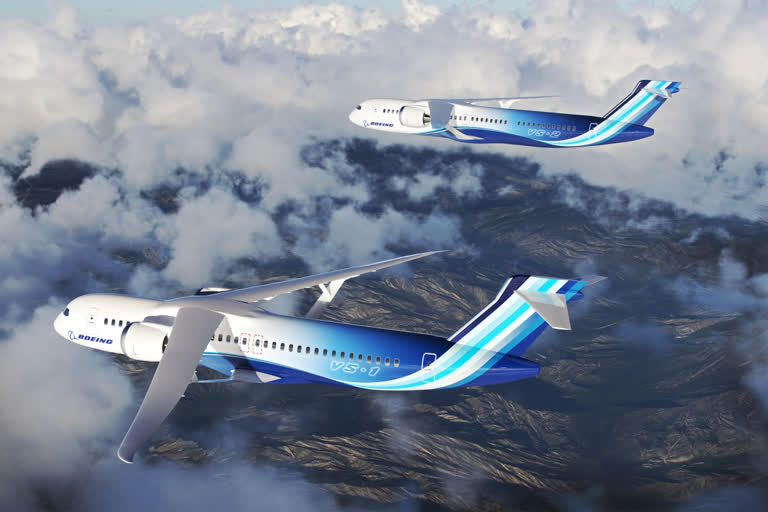San Francisco: NASA has announced that it is working on a more fuel-efficient aircraft design with aircraft industry company Boeing. Under a Funded Space Act agreement, Boeing will work with NASA to create, test and fly a full-scale demonstrator aircraft and validate technologies aimed at lowering emissions, the space agency said in a blogpost on Wednesday.
"Over seven years, NASA will invest $425 million, while the company and its partners will contribute the remainder of the agreement funding, estimated at about $725 million." Moreover, as part of the agreement, the agency will also contribute technical expertise and facilities.
"It's our goal that NASA's partnership with Boeing to produce and test a full-scale demonstrator will help lead to future commercial airliners that are more fuel efficient, with benefits to the environment, the commercial aviation industry and to passengers worldwide," said Bill Nelson, NASA administrator.
Also read:2022 the fifth warmest year on record: NASA
"If we are successful, we may see these technologies in planes that the public takes to the skies in the 2030s," Nelson added. Moreover, the space agency aims to complete testing for the project by the late 2020s. "Through the Sustainable Flight Demonstrator project, Boeing and its industry team will partner with NASA to develop and flight-test a full-scale Transonic Truss-Braced Wing demonstrator aircraft," the space agency said.
The Transonic Truss-Braced Wing concept includes an aircraft with extra-long, thin wings which are stabilised by diagonal struts. This design makes the aircraft much more fuel efficient than a traditional airliner because of a shape that would create less drag, resulting in less fuel burn. Based on the mission, NASA expects the technology used on the demonstrator aircraft to result in fuel consumption and emissions reductions of up to 30 per cent when compared to existing most efficient single-aisle aircraft.
"Boeing has been advancing a multipronged sustainability strategy, including fleet renewal, operational efficiency, renewable energy, and advanced technologies to support the U.S. Aviation Climate Action Plan and meet the industry objective of net zero carbon emissions by 2050," said Todd Citron, chief technology officer, Boeing. (IANS)
(This story has not been edited by ETV Bharat and is auto-generated from a syndicated feed.)
